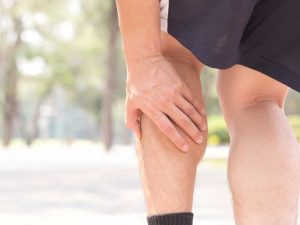Modern living, competition, achievement, and seeking external validation all contribute to burnout. Burnout is more than just feeling tired at the end of the day. It’s a condition that comes with real, negative health effects. Two recent articles discuss the idea and how to counter it.
Burnout
Burnout is not a recognized medical condition in the US but it is recognized as such in France, Denmark, and Sweden. These countries recognize it as a legitimate reason to take time off from work. A Washington Post article discusses burnout with psychologist Sheryl Ziegler:
“Ziegler defines burnout as ‘chronic stress gone awry.’ The big three symptoms are emotional exhaustion, cynicism and feeling ineffective, according to the Maslach Burnout Inventory (MBI), a survey designed to measure employee burnout in the workforce. Other symptoms can include frequent colds or sicknesses, insomnia and a tendency to alleviate stress in unhealthy ways, such as with too much alcohol or online shopping.”
The article discusses the difference between stress and stressors:
“Burnout is caused by chronic stress, not stressors… It’s important to differentiate the two. Stressors are external: to-do lists, financial problems or anxiety about the future. Stress, on the other hand, ‘is the neurological and physiological shift that happens in your body when you encounter [stressors],’ Emily and Amelia Nagoski write in their book Burnout: The Secret to Unlocking the Stress Cycle.”
Fixing burnout isn’t necessarily easy. It involves recognizing the condition and making some changes, not just checking more things off of your to-do list.
“To fix burnout, people need to address the stress itself. They must allow their body to complete its stress response cycle. Instead, people tend to focus on stressors. ‘They assume their stress will go away if they’re on top of things, if they’re accomplishing things, and constantly checking things off their to-do list,’ Emily Nagoski says.”
Read the full article for more information.
Harmonious Passion
I’m an enthusiastic fan of running coach Steve Magness and researcher/journalist Brad Stulberg. They are the authors of Peak Performance, an excellent book. Their second book is the Passion Paradox. I’m looking forward to reading it soon.
Burnout and what Stulberg and Magness call harmonious passion are the subjects of a recent blog post titled Burnout Runs Deeper Than Too-Much Work:
“Harmonious passion is when an individual becomes completely absorbed in an activity because they love how the activity itself makes them feel. Obsessive passion is when an individual gets hooked on something because of external rewards: fame, fortune, a promotion, or in this day and age, social media followers. Obsessive passion is firmly linked with burnout.”
and,
“Harmonious passion requires three main things. This has been studied for over 45 years and the evidence is highly replicable across diverse fields of practice:
1) Autonomy: the ability to have significant control over one’s work.
2) Mastery: the ability to see improvement and progression in one’s craft.
3) Belonging or relatedness: a feeling of connection and community.
If you think about the fields where burnout is especially prevalent (e.g., medicine, teaching, corporate work, and sport) you see that at least one, if not more, of these critical attributes is missing.
Read the article to learn more.

